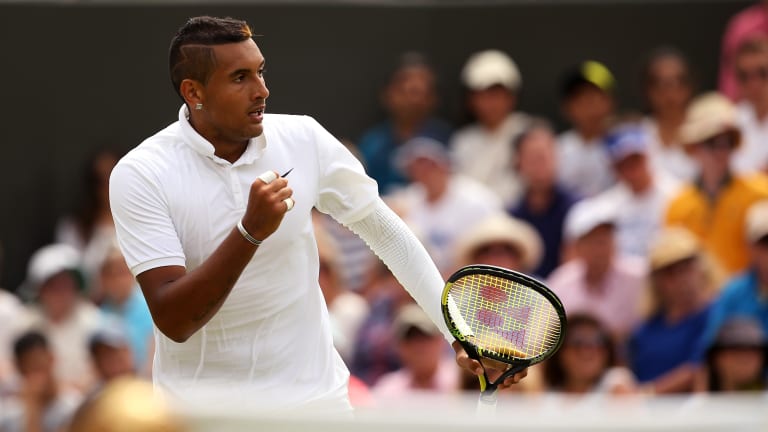When you see a great action movie, you pray for a sequel—even if you know it won’t be as good as the original.
Wimbledon has gotten its share of sequels over the years: who can forget the 2011 follow-up to John Isner-Nicolas Mahut, or when Garbiñe Muguruza and Angelique Kerber faced off in dramatic fourth-round clashes two years apart?
But few match-ups quite stirred the soul of SW19 quite like the double feature between Nick Kyrgios and Richard Gasquet. Their first meeting in 2014 showed Kyrgios, a talented youngster at the beginning of a major breakthrough, as all he could be. It was only 12 months later that their rematch, for many foreshadowed the divisive figure he would become.
At just 19 years old in 2014, Kyrgios was playing his first Wimbledon and in the midst of his transition from junior standout to pro circuit mainstay. Seeded 13th over a decade on tour, Gasquet was still in the shadow of contemporaries like Rafael Nadal, but came to the All England Club in fine form, having finished runner-up on grass in Eastbourne.
Surely the French veteran sufficiently experienced to win a second-round match against a teenaged wild card, and for two and a half sets, that seemed to be the case.
